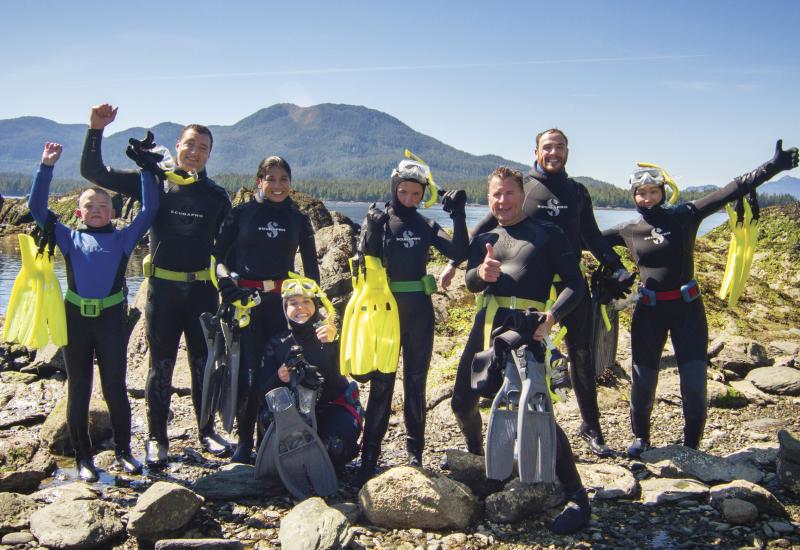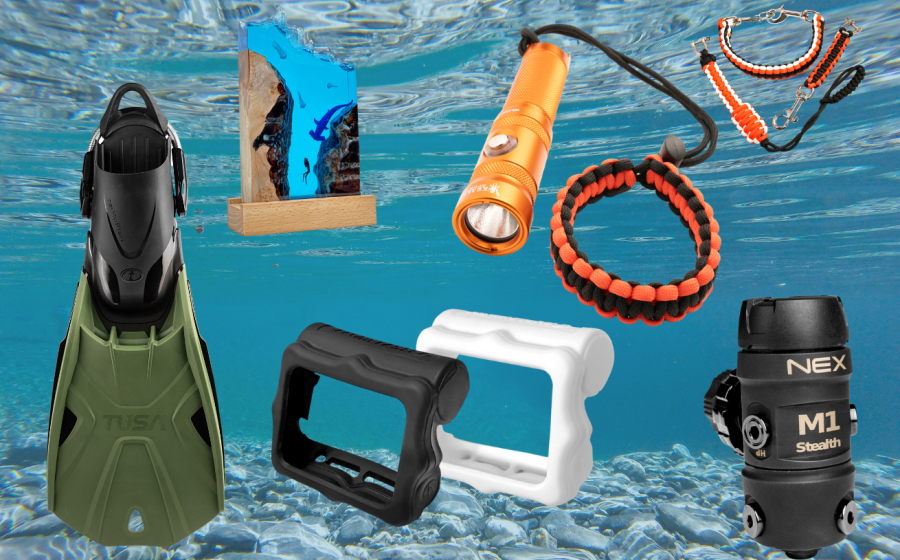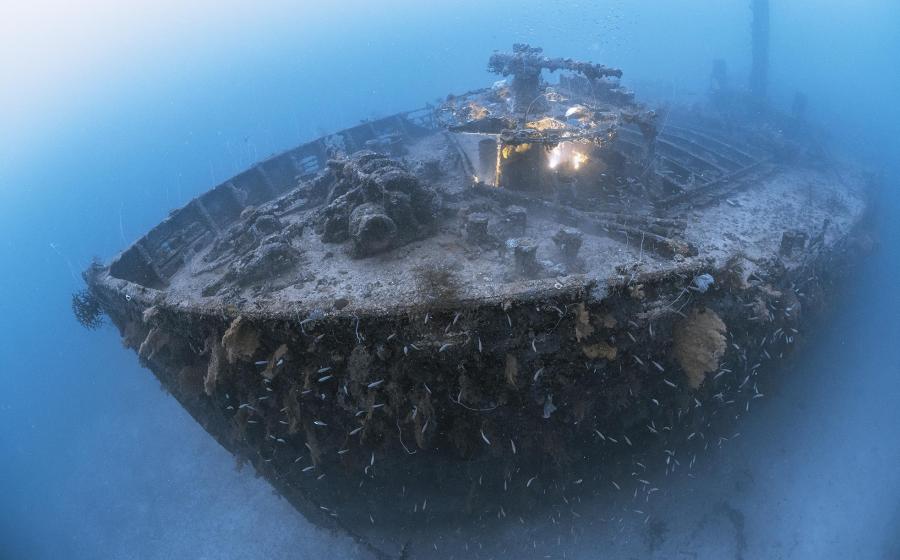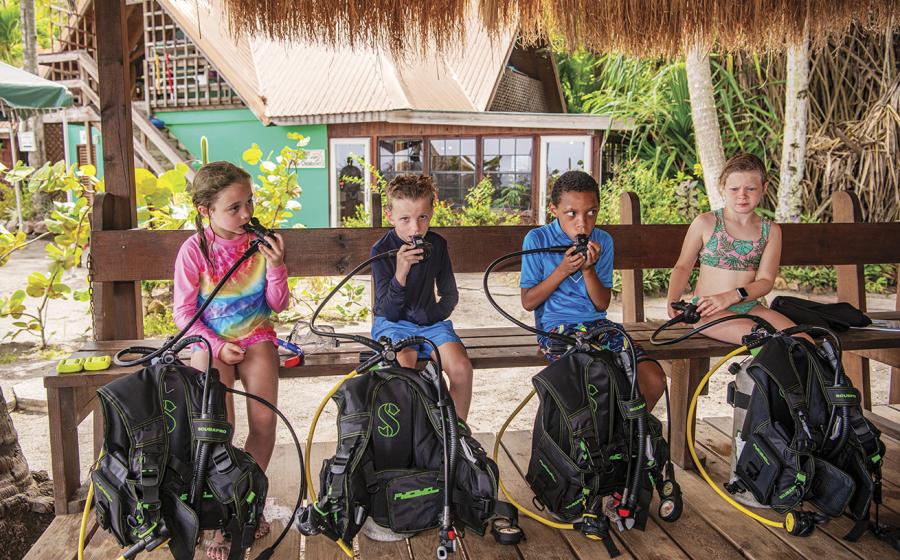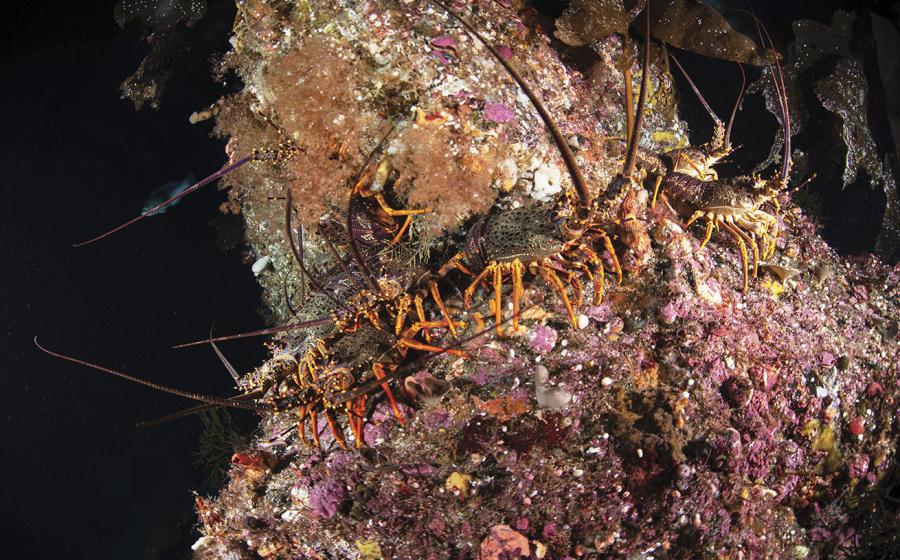11 Best Places to Scuba Dive in the USA
These USA scuba sites are so awesome, you'll want to dive them again and again (which is a good thing, as there's a strong likelihood you live near one). From sea to shining sea, we've compiled our favorite places to giant-stride or wade in and enjoy the underwater scenery. Did your favorite local spot make our list?
Looking for more local diving? Visit the U.S. and Canada section of our website.
Plus, check out the Planet's 50 Best Dive Sites here!
Glenn’s Aquarius II Dive Shop // Monterey, California

Clinton BauderPoint Lobos State Marine Conservation Area
The Point Lobos State Marine Conservation Area allows no more than 30 divers a day; reservations can be made up to 60 days in advance. The restrictions may prove a challenge for impromptu types, but the reward is a pristine playground. “There’s so much there you won’t see in Monterey Bay,” including harbor seals, abalone, leopard sharks and rock cod, says Glenn Bernasconi, owner of the Aquarius II Dive Shop. Conditions can be favorable year-round; navigation is always easy, as rock formations run parallel to the U-shaped cove’s beaches. When visibility extends to 80 feet, encounters will be all the more memorable. “You can see leopard sharks swimming through sand channels; normally they get spooked when you get close, but with good viz, you’re far enough away.”
Jack's Diving Locker // Kona
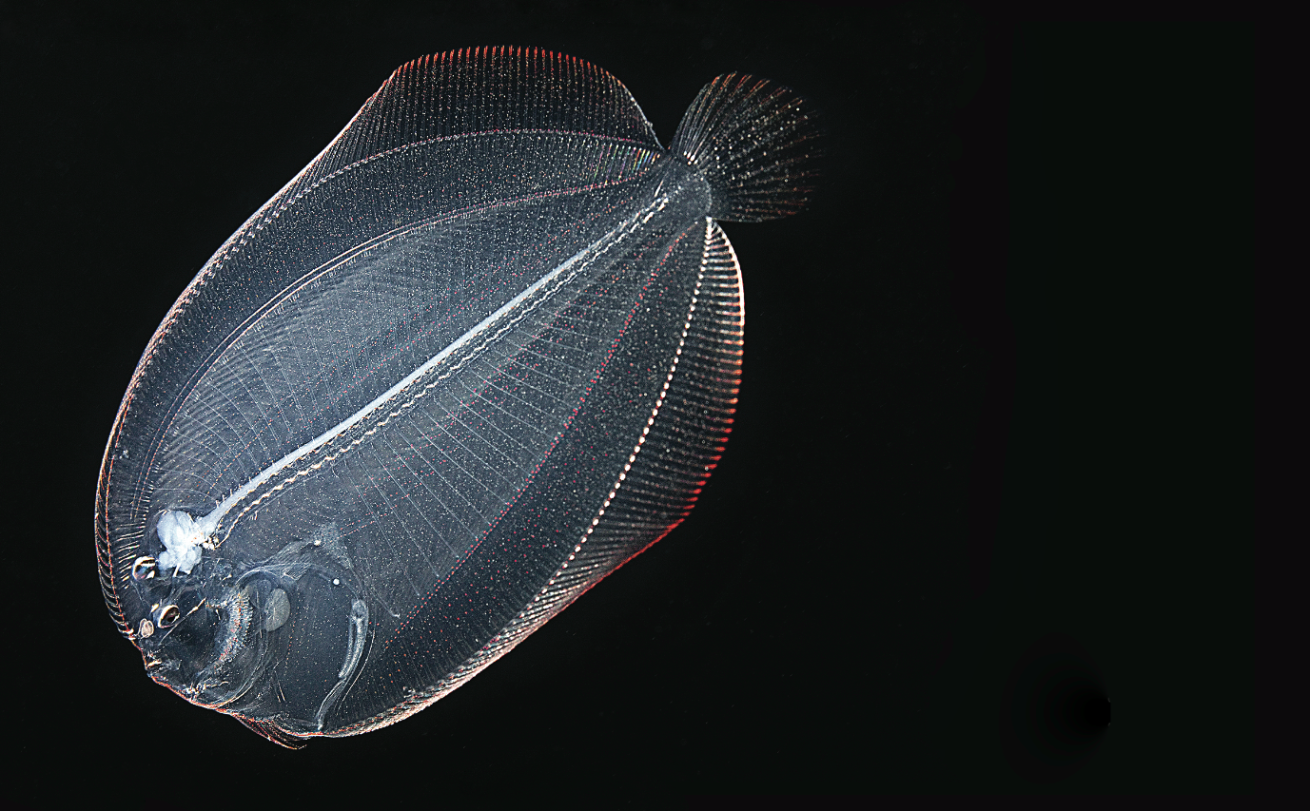
Doug PerrinePelagic Magic
Three miles off Hawaii’s Kona Coast, dive “black water” where odd and bioluminescent creatures emerge from the depths, like this planktonic larval left-eyed flounder.
Kona Honu Divers also offers the black-water experience off Kona's coast.
West End Diving Center // Bonne Terre, Missouri
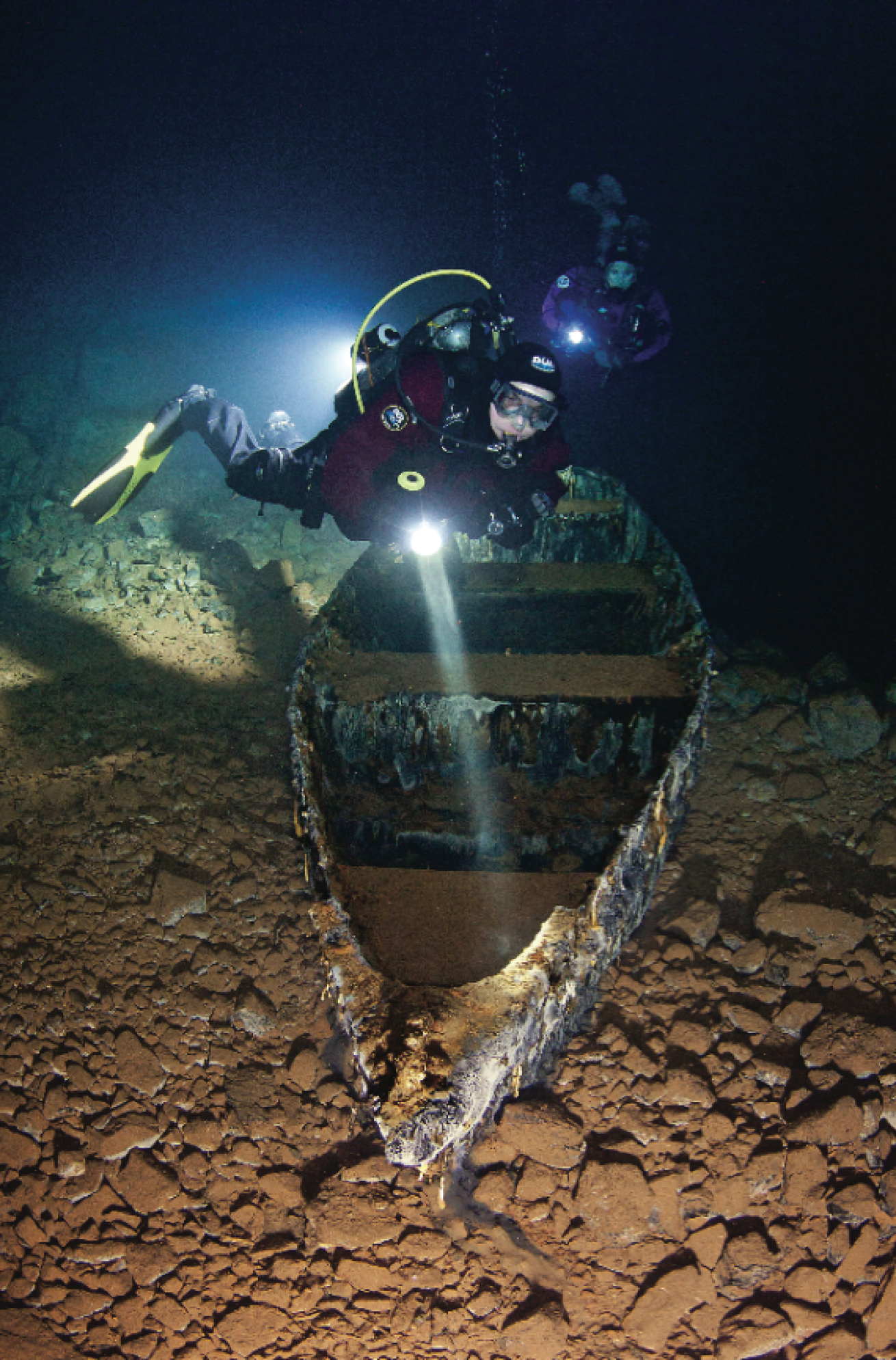
Andy MorrisonBonne Terre Mine
The world just ended: It’s a fate we know from The Twilight Zone and other post-apocalyptic stories. It’s also one we can dive. As if preparing for a nuclear holocaust, the miners of Bonne Terre Mine fled the three square miles of tunnels once resources were exhausted. “Once they abandoned the mine,” says Doug Goergens, owner of the site, “they shut off the pumps, and everything flooded,” becoming a feast for divers. Picks and shovels lie everywhere. Guides will lead you through the 24 numbered paths to ore cars, a machine shop, geology labs, offices, a movie theater that once played safety films, and the drinking fountain outside a locker room. And, yes, the iconic structure of the elevator shaft remains.
Denver's Downtown Aquarium // Denver, Colo.

Doug SlossSand Tiger Sharks
Dive with sand tiger sharks in Denver; a host of other aquariums also offer divers the opportunity to get in the water with the main attractions. The 400,000-gallon tank houses species including toothy sand tiger sharks, zebra sharks, guitar fish and sawfish.
Olympus Dive Center // Morehead, North Carolina
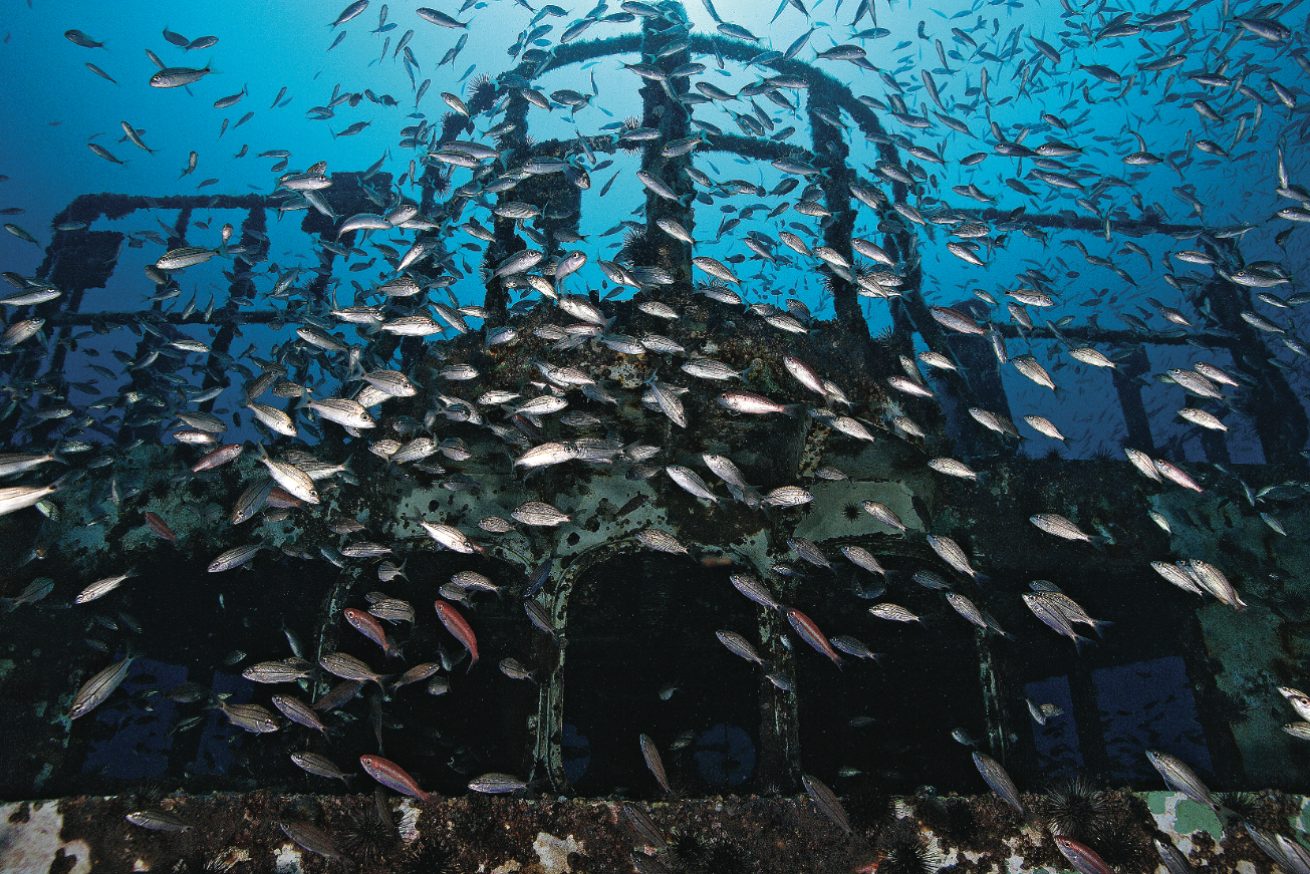
Brandon ColeUSCG Spar
"I have had to move out of their way many times,” says Olympus Dive Center’s Jon Belisario, of the sand tiger sharks at Spar. The site is largely popular for two reasons: Divers are almost guaranteed to see between five and 20 sharks — and nothing in the sea lurks like a sand tiger. “I don’t know if they’re exceptionally lazy, but I wouldn’t call them curious,” he says of the fact that the sharks don’t spook. Second, the purpose-sunk cutter is an ideal site for penetration training. “It’s one of those Hollywood wrecks — very intact and easy to navigate.”
Gone Diving // Bellingham, Washington
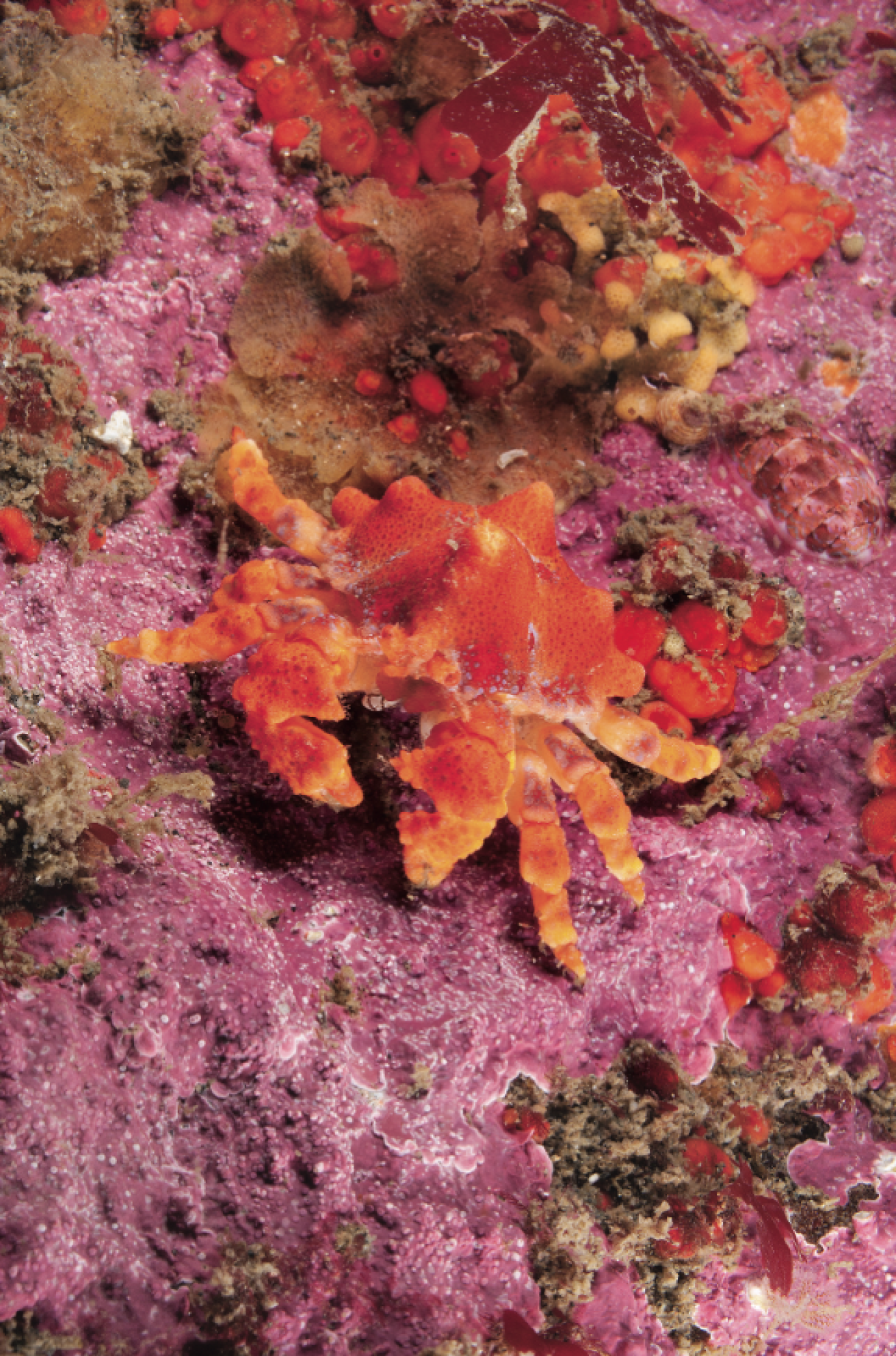
Brandon ColeKeystone Jetty
Currents present the greatest challenge to the uninitiated. Those unfamiliar with pinpointing slack tides should dive with an instructor. Then it’s a cakewalk through one of the most common places to encounter a giant Pacific octopus out of its den, cruising around. Put in at Fort Casey State Park to dive the jetty, home to a wall blanketed with white anemones. This small area is habitat to a wide variety of cold-water curiosities, including wolf eels, huge lingcod, rockfish, decorator war bonnets, mossy-head war bonnets and every local variety of nudibranch. One of the biggest highlights — literally — is a “lingcod the size of a Volkswagen bus,” says Charlynn Andrews, owner of Gone Diving. Because of the dense marine life, dive slowly and look in every nook to reap the full benefit of what this site offers.
Horizon Divers // Key Largo, Florida
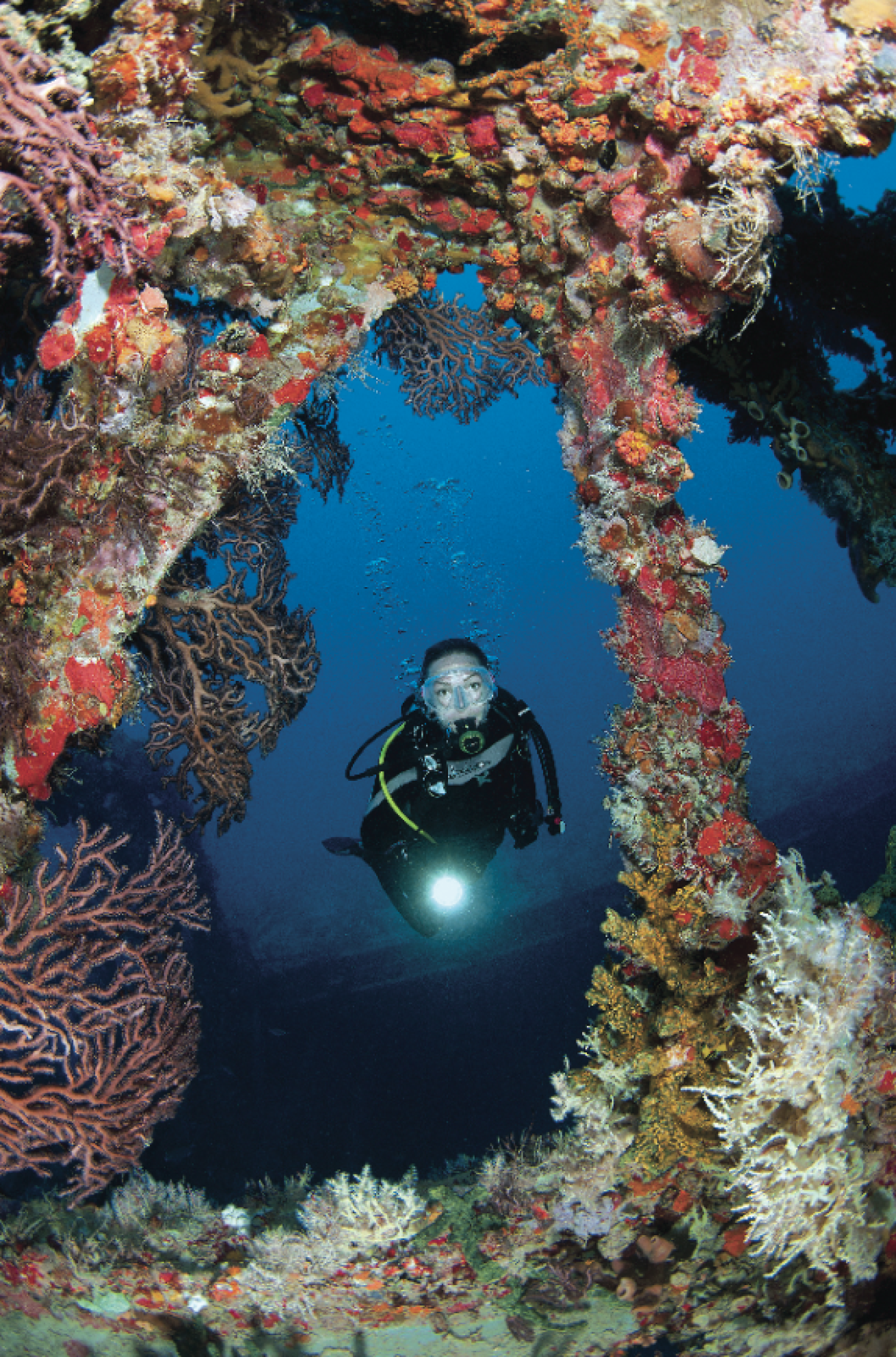
Tanya G. BurnettUSS Spiegel Grove
Nothing rewrites maritime history like a storm: In 2002, USS Spiegel Grove sank unexpectedly, six hours ahead of plan, landing on its side. Three years later, Hurricane Dennis righted the landing ship dock measuring 510 feet long — almost as much as two football fields. The superstructure starts at about 60 feet, depending on tides. Strong currents frequently rake across the ship, making this an advanced dive. As one of the older purpose-sunk reefs, Spiegel Grove is blanketed in corals, making it popular with life ranging from goliath grouper and barracuda to surgeonfish and damselfish.
Jellyfish Dive // Smudges, Baranof Island, Alaska

Jo-Ann WilkinsBaranof Island, Alaska
“This rivals any jelly diving you can do in the world,” says Mike Lever, owner of the Nautilus Explorer (which, unfortunately, no longer offers this itinerary, so you'll have to find a land-based dive operator to get you to the site). “Massive columns of moon jellies extend 80 feet deep,” he says of what is found at a Baranof Island site known simply as the jellyfish dive, first found with guest and underwater cinematographer Howard Hall in 2008. Like the famous jellies in Palau’s Jellyfish Lake, these similarly sized jellyfish too are harmless. (The waters are slightly colder than Palau’s lake, however.) “It’s a solid organic mass,” says Lever, adding that “the topside scenery is beyond anything you can imagine: a high-sided fjord with a snow-covered glacier, waterfalls and grizzly bears. What can I say? Alaska is very much an adventure.”
Catalina Scuba Luv // Santa Catalina Island, California
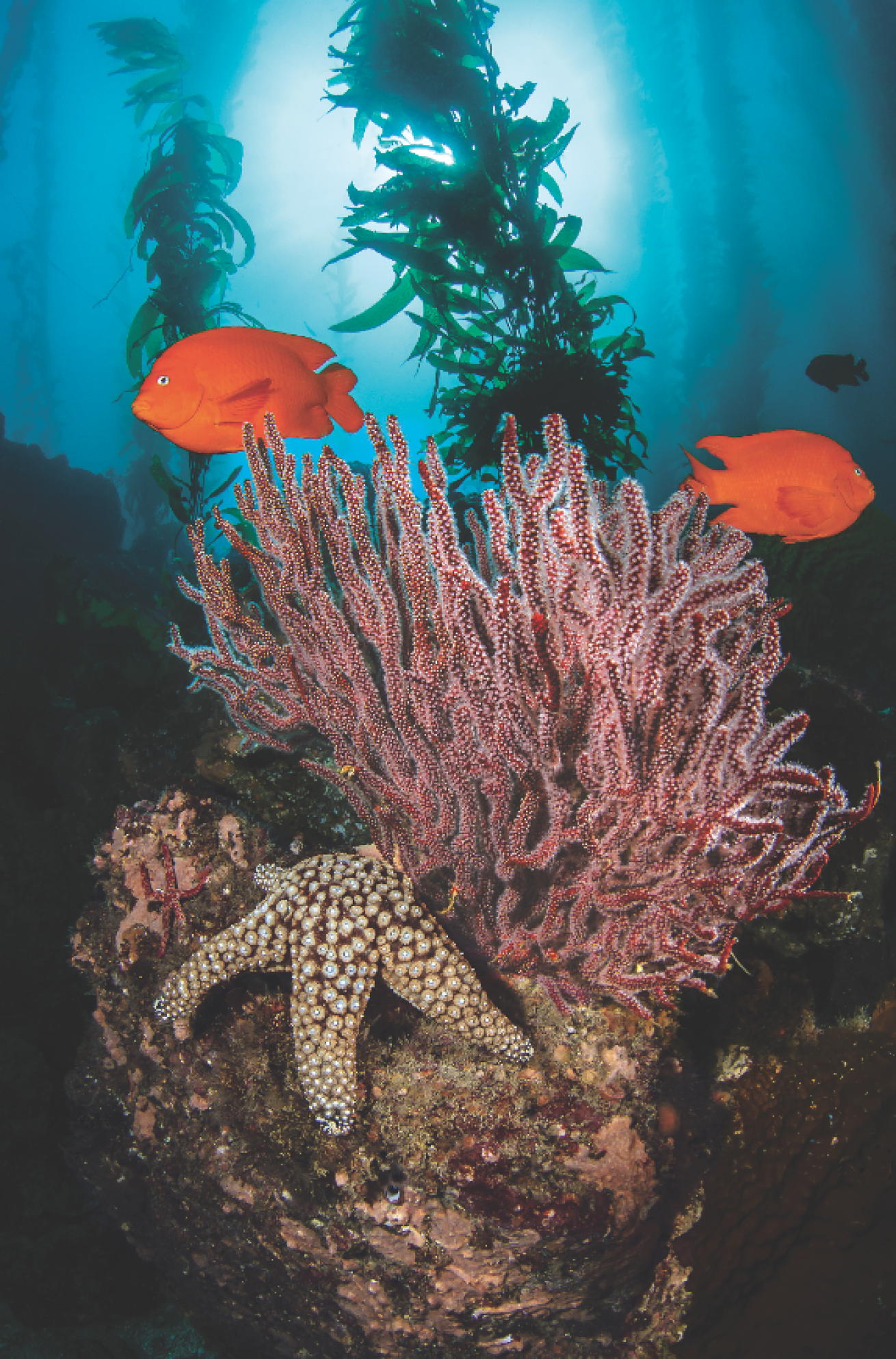
Andrew SallmonShip Rock
You’ll get everything you’re looking for in a California kelp dive at this site: lots of garibaldi, sheephead, Pacific octopuses, leopard sharks and angel sharks. Ship Rock lies more than two miles off Santa Catalina Island, where, thanks to greater water exchange, the visibility is much clearer than nearer-shore sites. The kelp forests here are healthier, growing to epic proportions. The namesake feature juts from the surface and falls sharply into the abyss, making for a dramatic dive along ledges and canyons. The site is also a veritable waypoint for passing pelagics, from yellowtail tuna to sunfish. That variety is what makes Ship Rock so amazing: All of this life you would otherwise see only in open water, and yet you’re only 22 miles southwest of Los Angeles.
Fling Charters // Freeport, Texas
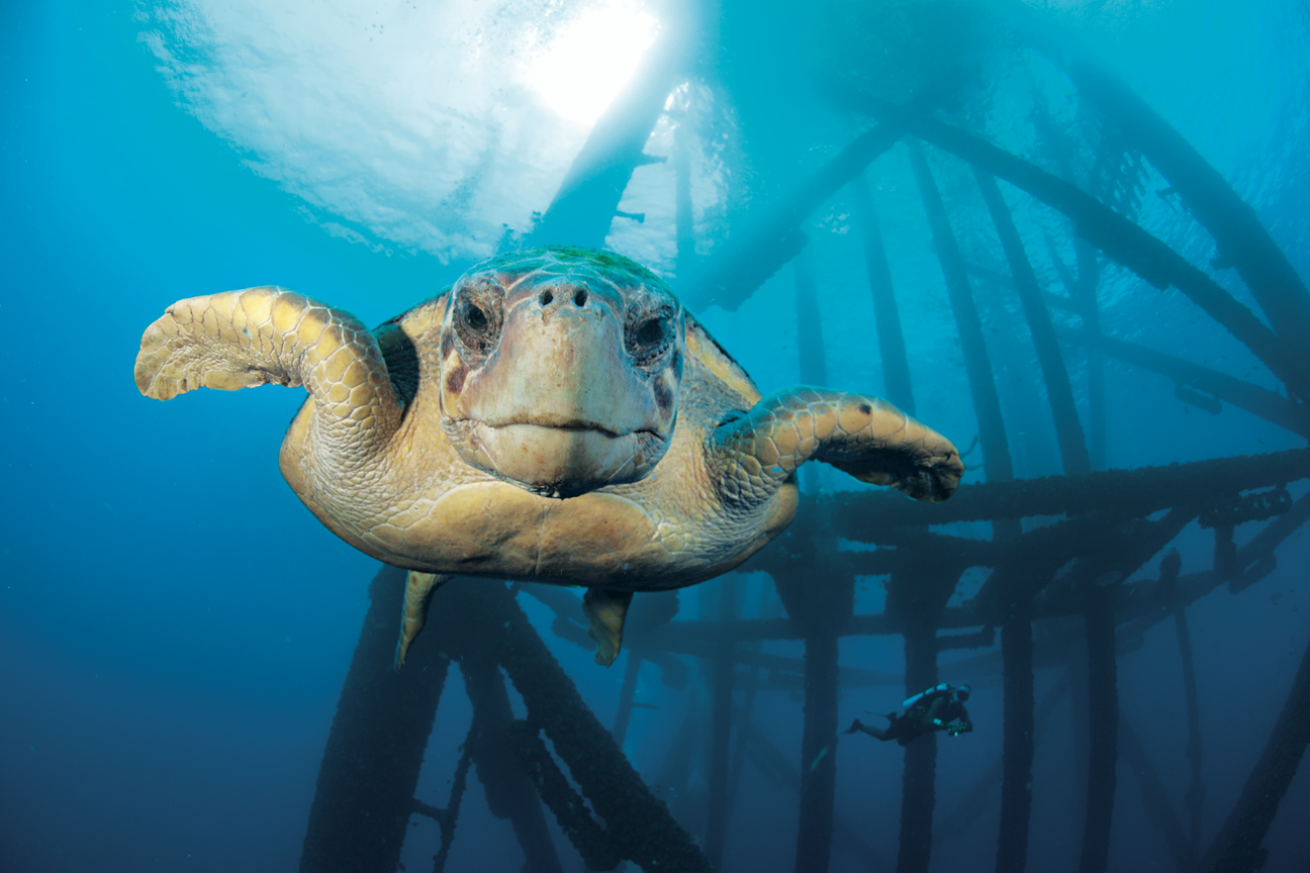
Jesse Cancelmo###Flower Gardens NMS East Bank
“You can open a guidebook for fish in the Gulf and find every one on the Flower Gardens,” says Fling Charters’ Capt. Bland Ellen of Texas’ most famed dive destination. Ellen isn’t just talking about blennies and small stuff: These coral-covered sites, 100 miles from shore, draw in spinner, silky, whale and hammerhead sharks. In addition to mantas, he’s even seen a sunfish — just once. Would-be scuba-diving visitors need to prepare for two realities: It’s an eight-hour run from Freeport to East Bank, and currents can be onerous. They can also disappear. “The only guarantee in the Gulf is that there is no guarantee,” says Ellen. And while he’s referring to conditions, he could just as easily be talking of the wild-card nature of this outpost where, at any moment, something massive might drop by.
Dive Oahu // Oahu
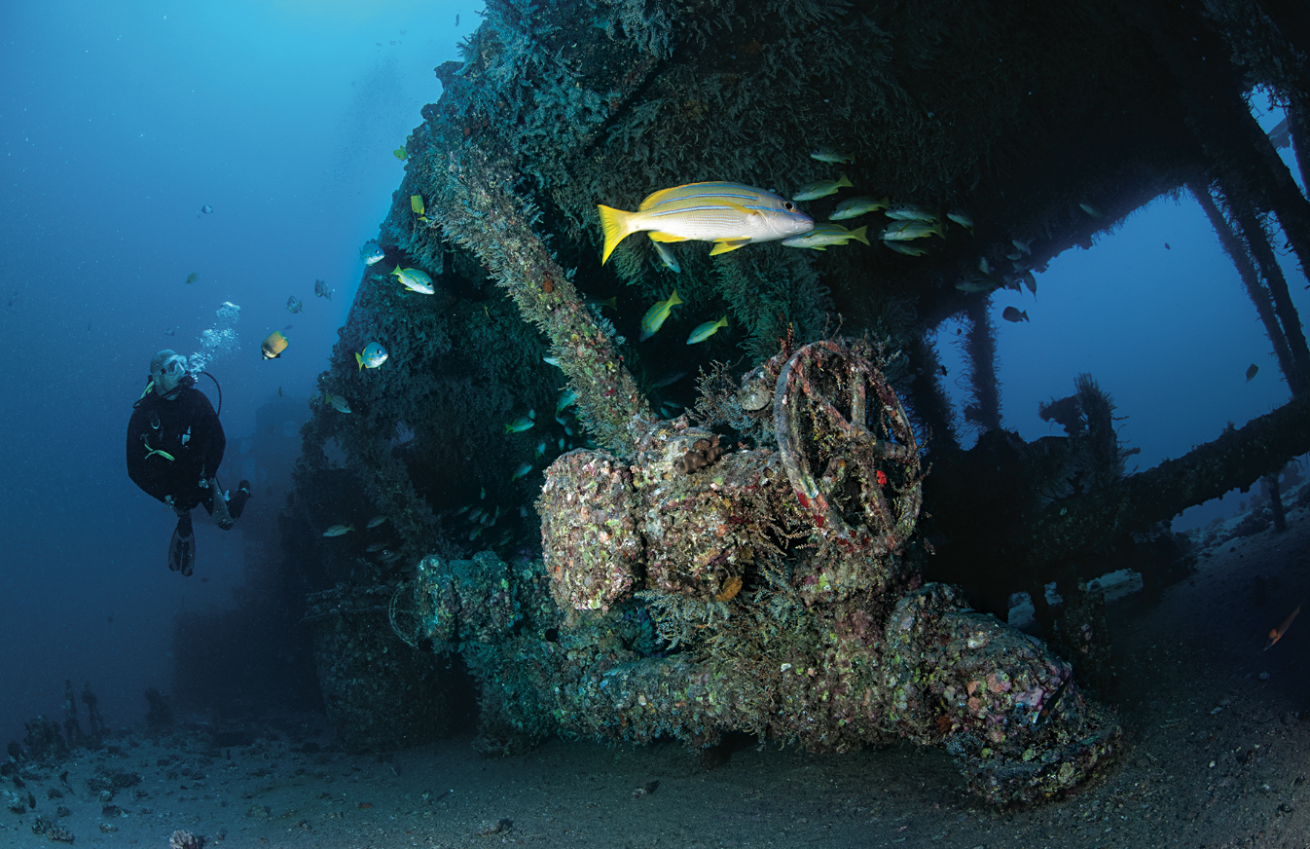
Chuck BabbittThe Waikiki Wrecks
Most divers count themselves lucky to dive one great wreck a day. In Oahu, you have the opportunity to dive three, all in the same morning. The Waikiki Wrecks, as they’re known, include the former oiler YO-257, former fishing boat San Pedro, and a smuggler’s ship, the Sea Tiger. The wrecks themselves are a warren of nooks and crannies home to everything from frogfish to morays, eagle rays to whitetip sharks (on the San Pedro). And all three are about 15 minutes by boat from the Kewalo Basin Harbor — the YO-257 and San Pedro can be explored on a single dive — so you can be back on Waikiki Beach in time for that surf lesson.



